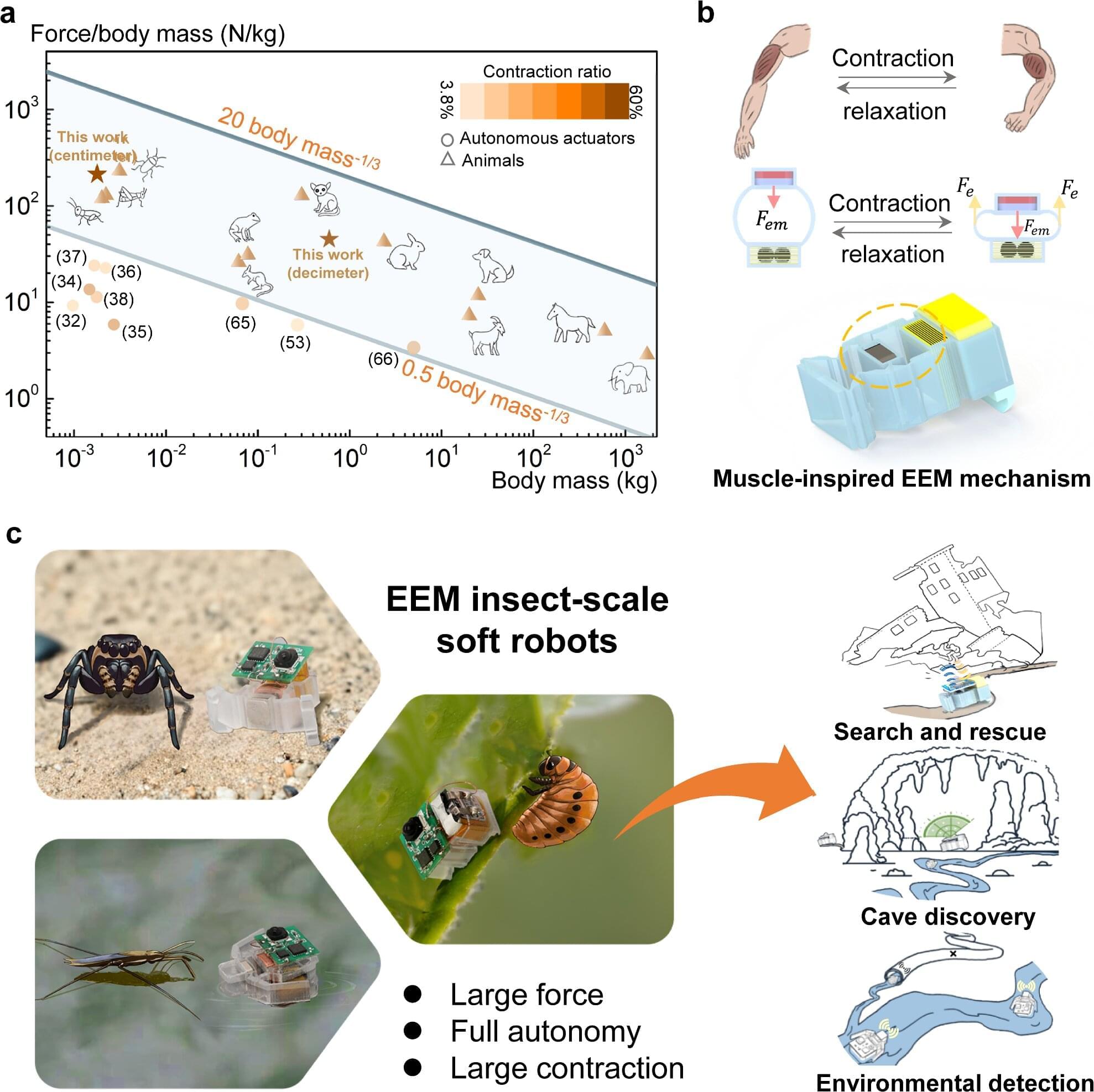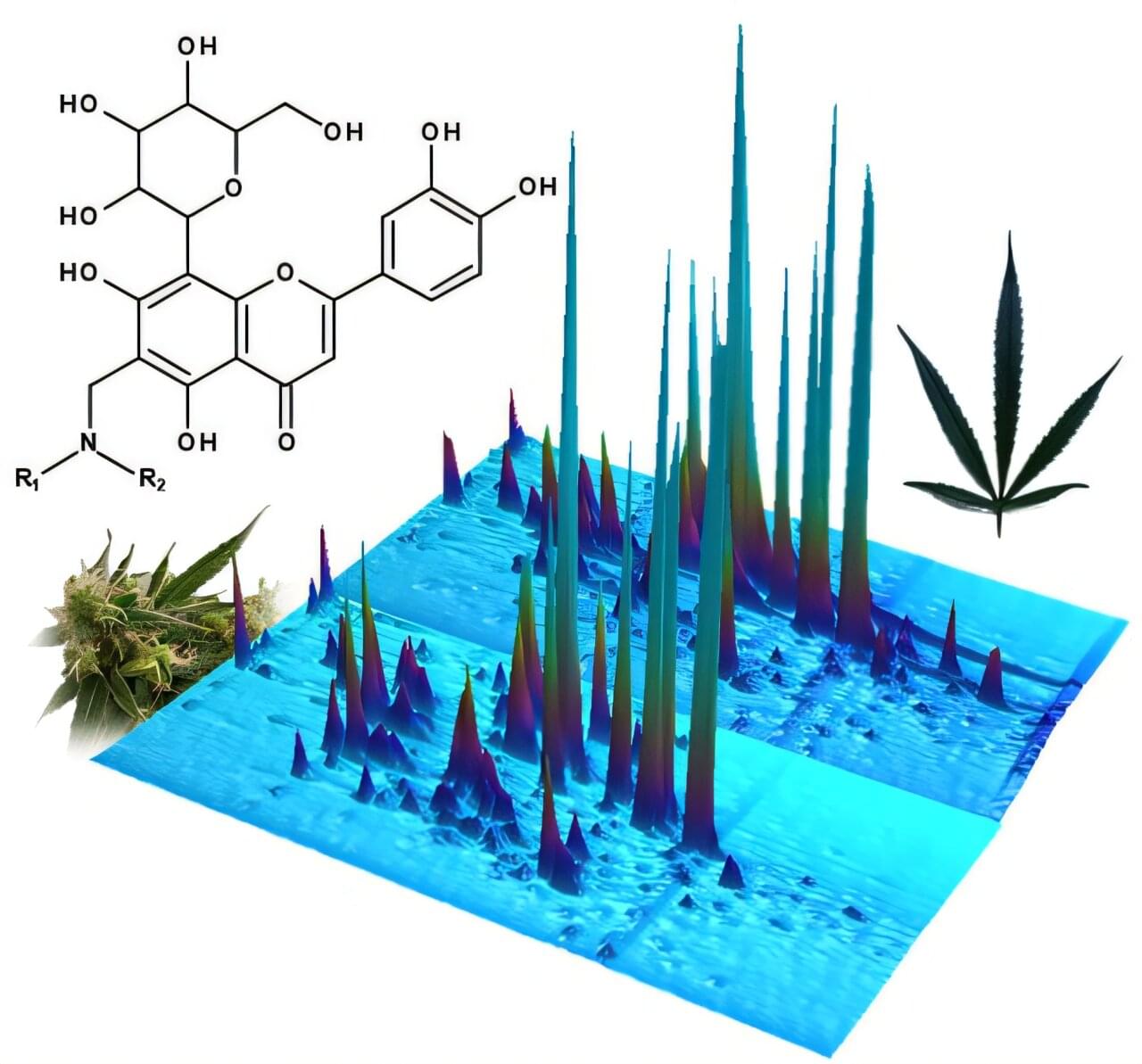The mission is AFRL’s first major PNT demonstration since 1977, when it launched NTS-2 — a satellite that helped shaped the modern GPS constellation.




Metamaterials are artificial materials engineered to exhibit unique properties not found in naturally occurring materials, including negative refractive index, perfect absorption of electromagnetic radiation, and tunable optical properties. Researchers have been exploring the use of metamaterials in various applications, including optics, electromagnetism, and acoustics. One area where metamaterials are being explored is in sensing and imaging applications, such as creating ultra-compact optical devices like beam splitters and lenses.
The first practical demonstration of a metamaterial was achieved in 2000 by David Smith and his team at the University of California, San Diego. They created a composite material consisting of copper strips and dielectric materials, which exhibited a negative refractive index at microwave frequencies. This breakthrough sparked widespread interest in the field, and soon researchers began exploring various applications of metamaterials.
One of the key areas of research has been in the development of optical metamaterials. In 2005, a team led by Xiang Zhang at the University of California, Berkeley demonstrated the creation of an optical metamaterial with negative refractive index. They achieved this by using a fishnet-like structure composed of silver and dielectric materials. This work paved the way for further research into optical metamaterials and their potential applications in fields such as optics and photonics.
Metamaterials have also been explored for their potential use in electromagnetic cloaking devices. In 2006, a team led by David Smith demonstrated the creation of a metamaterial cloak that could bend light around an object, effectively making it invisible. This work was based on earlier theoretical proposals by John Pendry and his colleagues.

Sam Altman, CEO of OpenAI, appeared at a Federal Reserve event on July 22 and outlined three “scary categories” of how advanced artificial intelligence could threaten society.
The first two scenarios — a bad actor using artificial intelligence for malfeasance and a rogue AI taking over the world — were accompanied by the insistence that people were working to prevent them. However, Mr. Altman offered no such comfort with the third scenario, the one that seemed to trouble him most.
He described a future where AI systems become “so ingrained in society … [that we] can’t really understand what they’re doing, but we do kind of have to rely on them. And even without a drop of malevolence from anyone, society can just veer off in a sort of strange direction.”

Skyrmions are localized, particle-like excitations in materials that retain their structure due to topological constraints (i.e., restrictions arising from properties that remain unchanged under smooth deformations). These quasiparticles, first introduced in high-energy physics and quantum field theory, have since attracted intense interest in condensed matter physics and photonics, owing to their potential as robust carriers for information storage and manipulation.
Researchers at Sun Yat-sen University and Tianjin University recently reported the first experimental realization of single-photon quantum skyrmions (i.e., localized light structures) in a semiconductor cavity quantum electrodynamics (QED) system. Their paper, published in Nature Physics, could open new possibilities for the study of quantum light-matter interactions, while also contributing to the advancement of photonic quantum devices.
“Our work was motivated by the longstanding challenge of realizing topological photonic structures—specifically skyrmions—at the quantum level,” Ying Yu, co-senior author of the paper, told Phys.org.

While conventional computers store information in the form of bits, fundamental pieces of logic that take a value of either 0 or 1, quantum computers are based on qubits. These can have a state that is simultaneously both 0 and 1. This odd property, a quirk of quantum physics known as superposition, lies at the heart of quantum computing’s promise to ultimately solve problems that are intractable for classical computers.
Many existing quantum computers are based on superconducting electronic systems in which electrons flow without resistance at extremely low temperatures. In these systems, the quantum mechanical nature of electrons flowing through carefully designed resonators creates superconducting qubits.
These qubits are excellent at quickly performing the logical operations needed for computing. However, storing information—in this case quantum states, mathematical descriptors of particular quantum systems—is not their strong suit. Quantum engineers have been seeking a way to boost the storage times of quantum states by constructing so-called “quantum memories” for superconducting qubits.

How can the behavior of elementary particles and the structure of the entire universe be described using the same mathematical concepts? This question is at the heart of recent work by the mathematicians Claudia Fevola from Inria Saclay and Anna-Laura Sattelberger from the Max Planck Institute for Mathematics in the Sciences, recently published in the Notices of the American Mathematical Society.
Mathematics and physics share a close, reciprocal relationship. Mathematics offers the language and tools to describe physical phenomena, while physics drives the development of new mathematical ideas. This interplay remains vital in areas such as quantum field theory and cosmology, where advanced mathematical structures and physical theory evolve together.
In their article, the authors explore how algebraic structures and geometric shapes can help us understand phenomena ranging from particle collisions such as happens, for instance, in particle accelerators to the large-scale architecture of the cosmos. Their research is centered around algebraic geometry. Their recent undertakings also connect to a field called positive geometry—an interdisciplinary and novel subject in mathematics driven by new ideas in particle physics and cosmology.

Science frequently draws inspiration from the natural world. After all, nature has had billions of years to perfect its systems and processes. Taking their cue from mollusk catch muscles, researchers have developed a low-voltage, muscle-like actuator that can help insect-scale soft robots to crawl, swim and jump autonomously in real-world settings. Their work solves a long-standing challenge in soft robotics: enabling tiny robots to move on their own without sacrificing power or precision.
Muscles are soft tissues that work by contracting and relaxing to cause movement. Insect muscles are particularly good at this because they are incredibly powerful for their small size. Similarly, actuators are devices that convert mechanical energy into motion.
However, when it comes to robotics, creating tiny, powerful actuators that move with the same agility, precision and resilience as a biological muscle has proved challenging. What’s more, the rigid motors in current robotic systems are difficult to scale down because they easily break.

Analytical chemists from Stellenbosch University (SU) have provided the first evidence of a rare class of phenolics, called flavoalkaloids, in cannabis leaves.
Phenolic compounds, especially flavonoids, are well-known and sought after in the pharmaceutical industry because of their antioxidant, anti-inflammatory, and anti-carcinogenic properties.
The researchers identified 79 phenolic compounds in three strains of cannabis grown commercially in South Africa, of which 25 were reported for the first time in cannabis. Sixteen of these compounds were tentatively identified as flavoalkaloids. Interestingly, the flavoalkaloids were mainly found in the leaves of only one of the strains. The results were published in the Journal of Chromatography A recently.

When two mesh screens or fabrics are overlapped with a slight offset, moiré patterns emerge as a result of interference caused by the misalignment of the grids. While these patterns are commonly recognized as optical illusions in everyday life, their significance extends to the nanoscale, such as in materials like graphene, where they can profoundly influence electronic properties.
This phenomenon opens new avenues for advancements in areas like superconductivity and quantum effects. Traditionally, controlling the length scales of moiré patterns has been challenging due to the fixed nature of atomic structures, which limits the ability to fine-tune electronic properties.
A research team, led by Professor Wonyoung Choe at Ulsan National Institute of Science and Technology (UNIST), South Korea, has demonstrated, for the first time, the ability to precisely control over moiré periods by stacking metal-organic frameworks (MOFs) layers—crystalline materials composed of metal clusters linked by organic molecules.